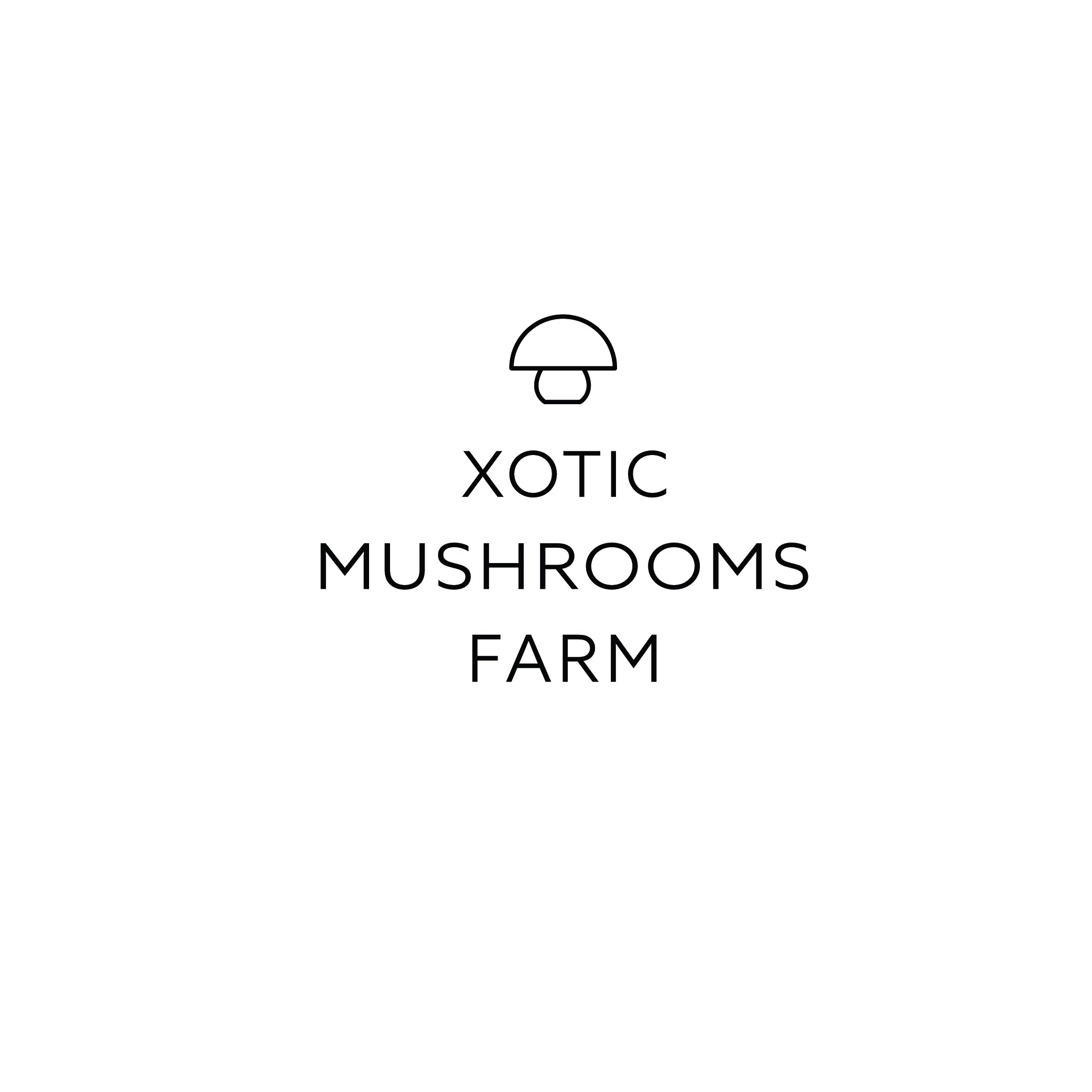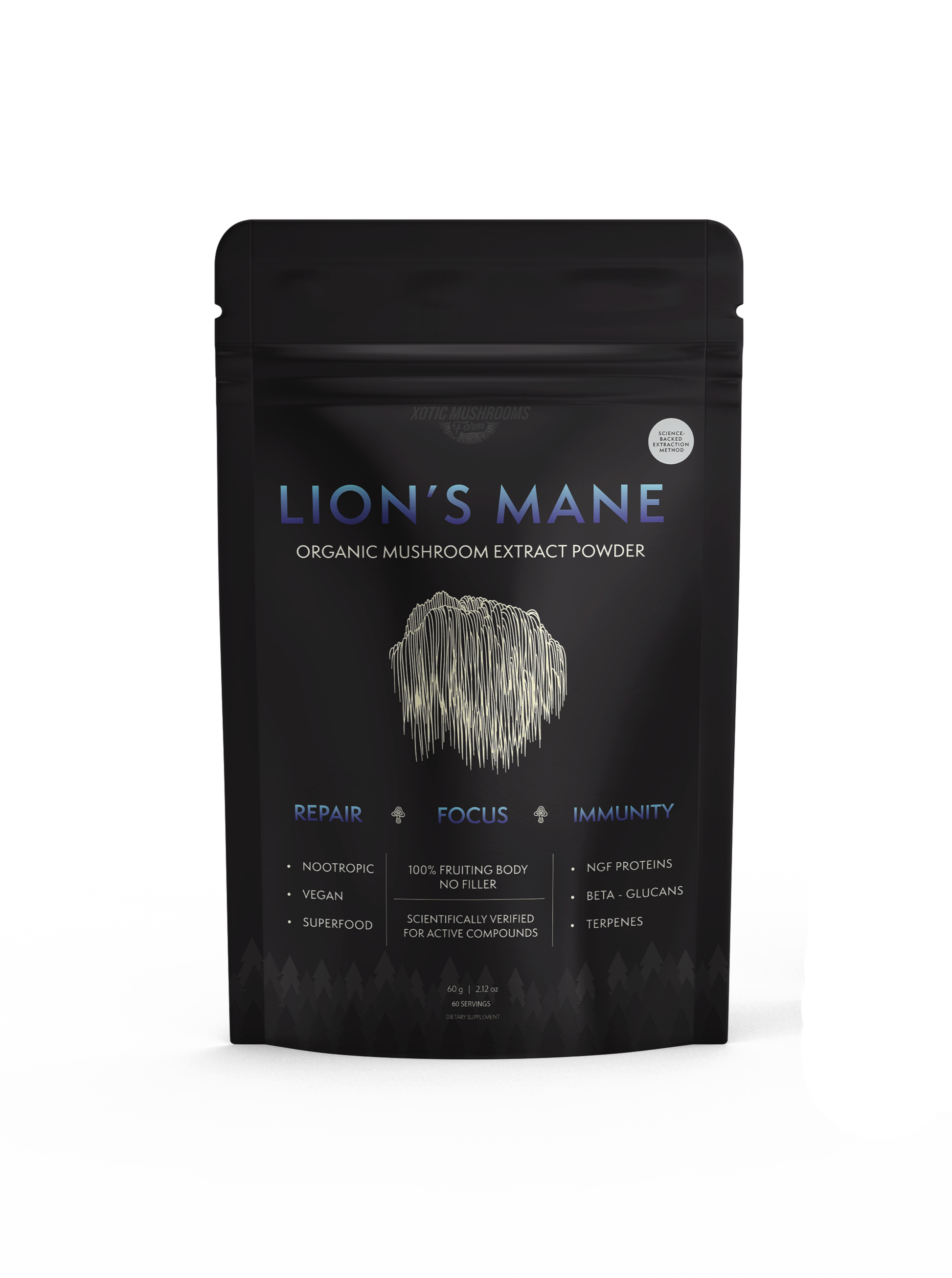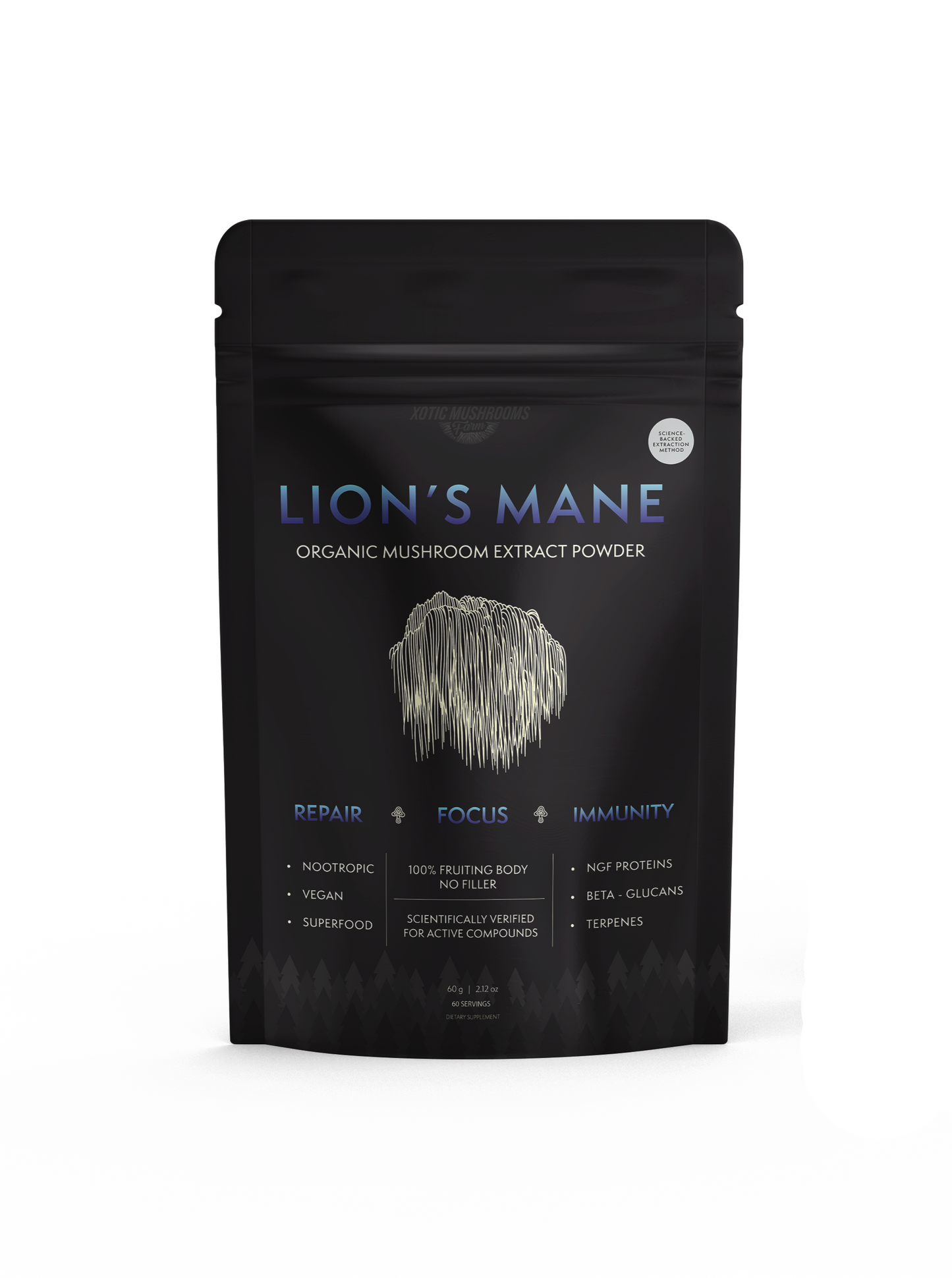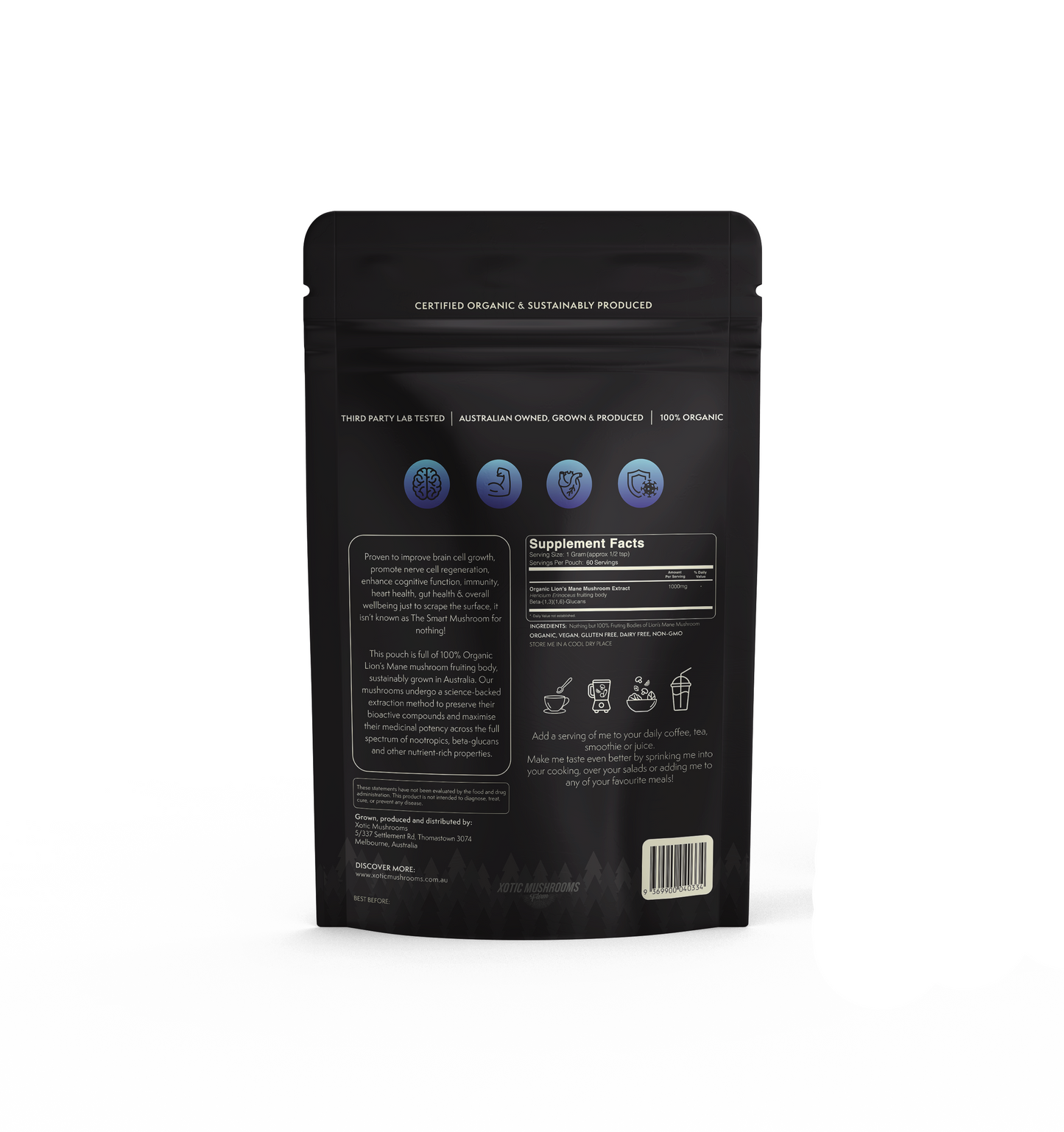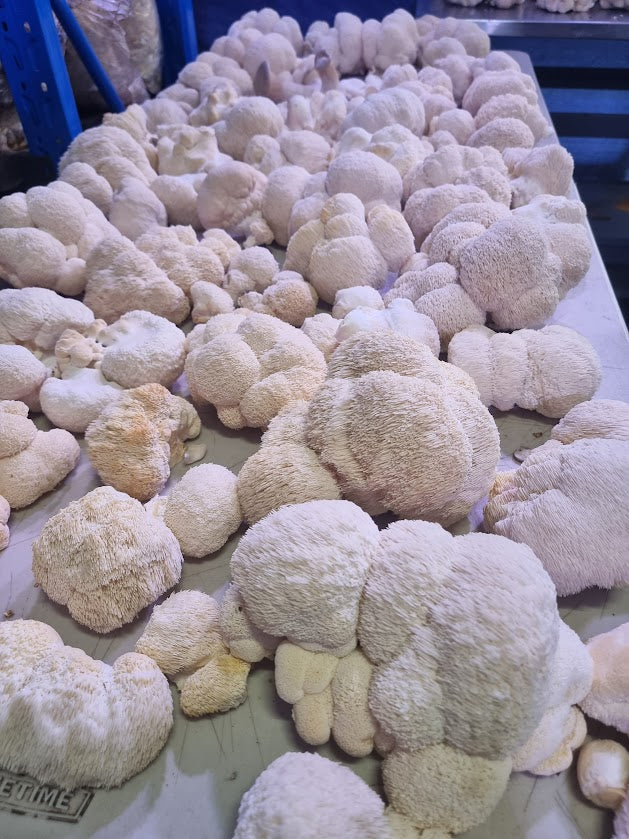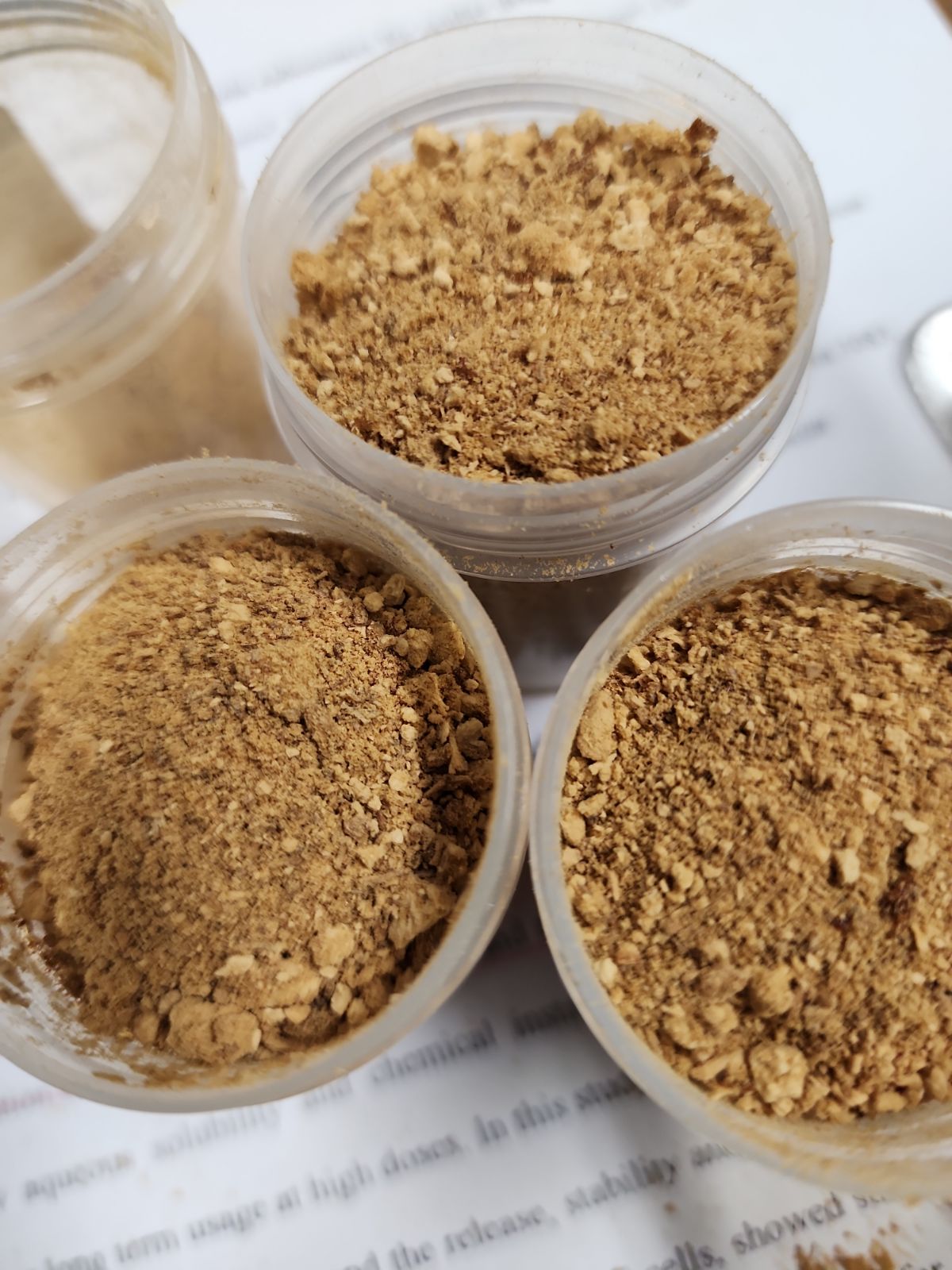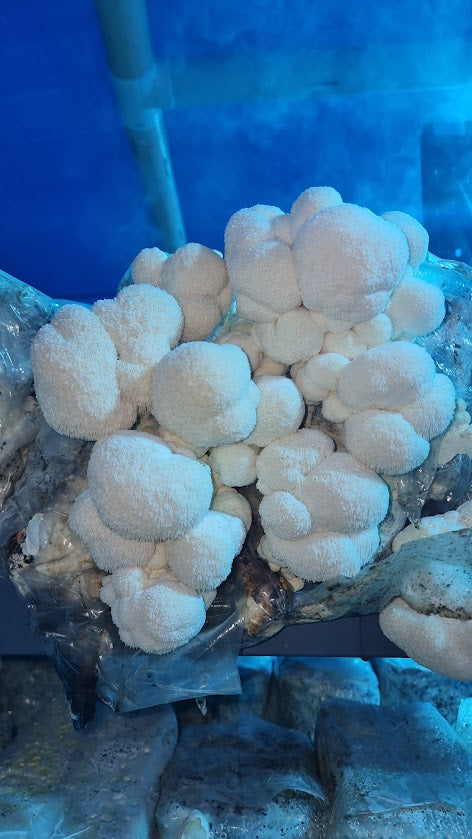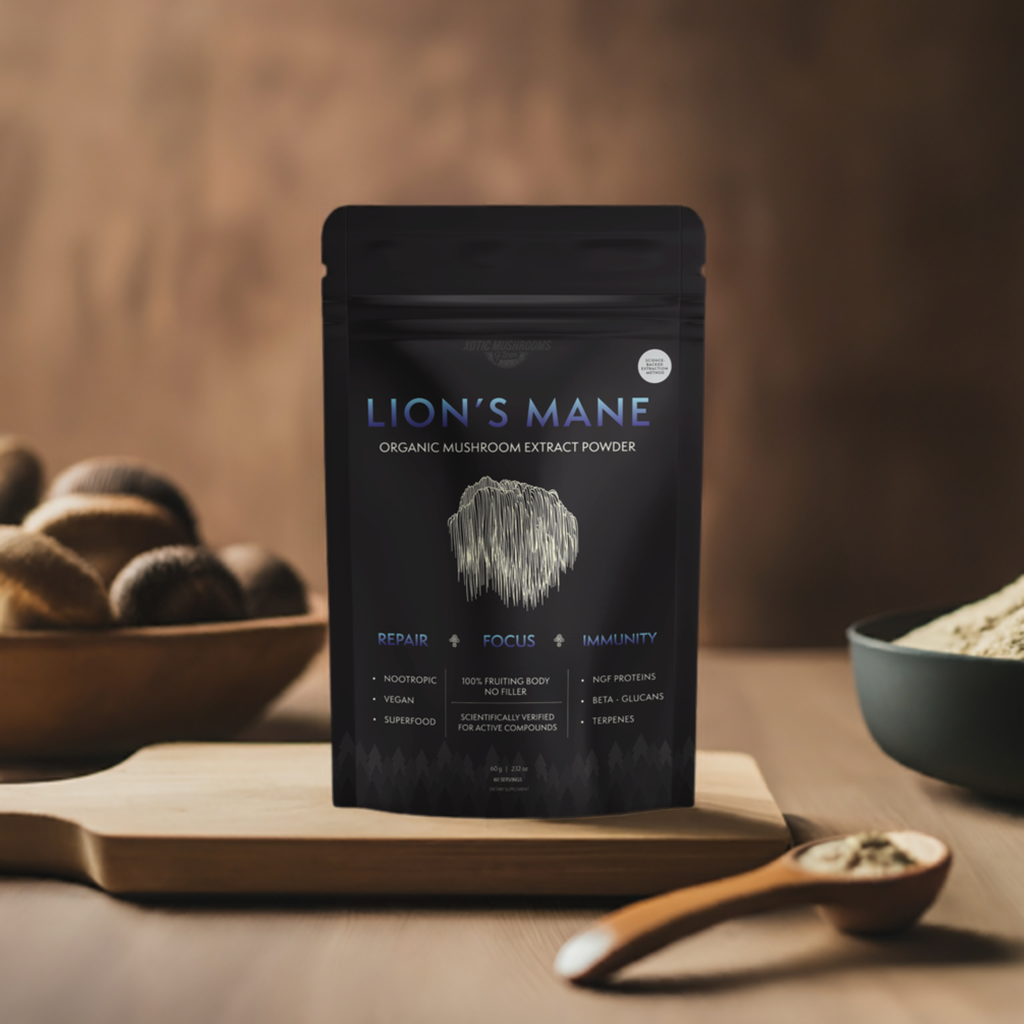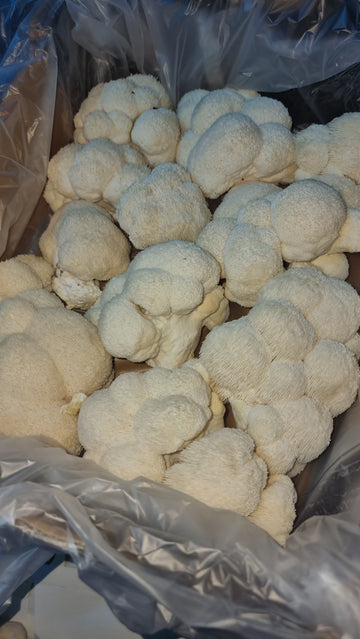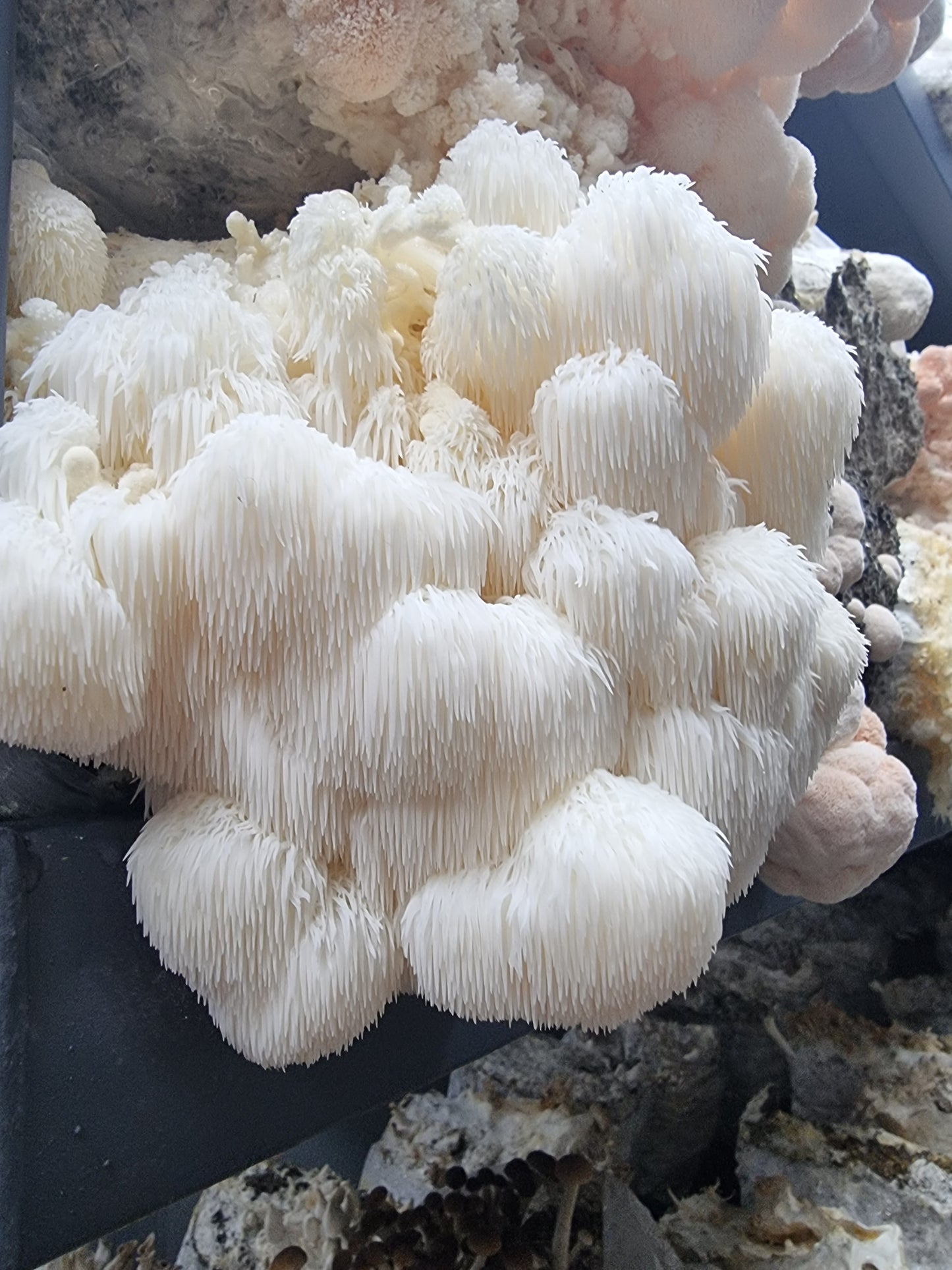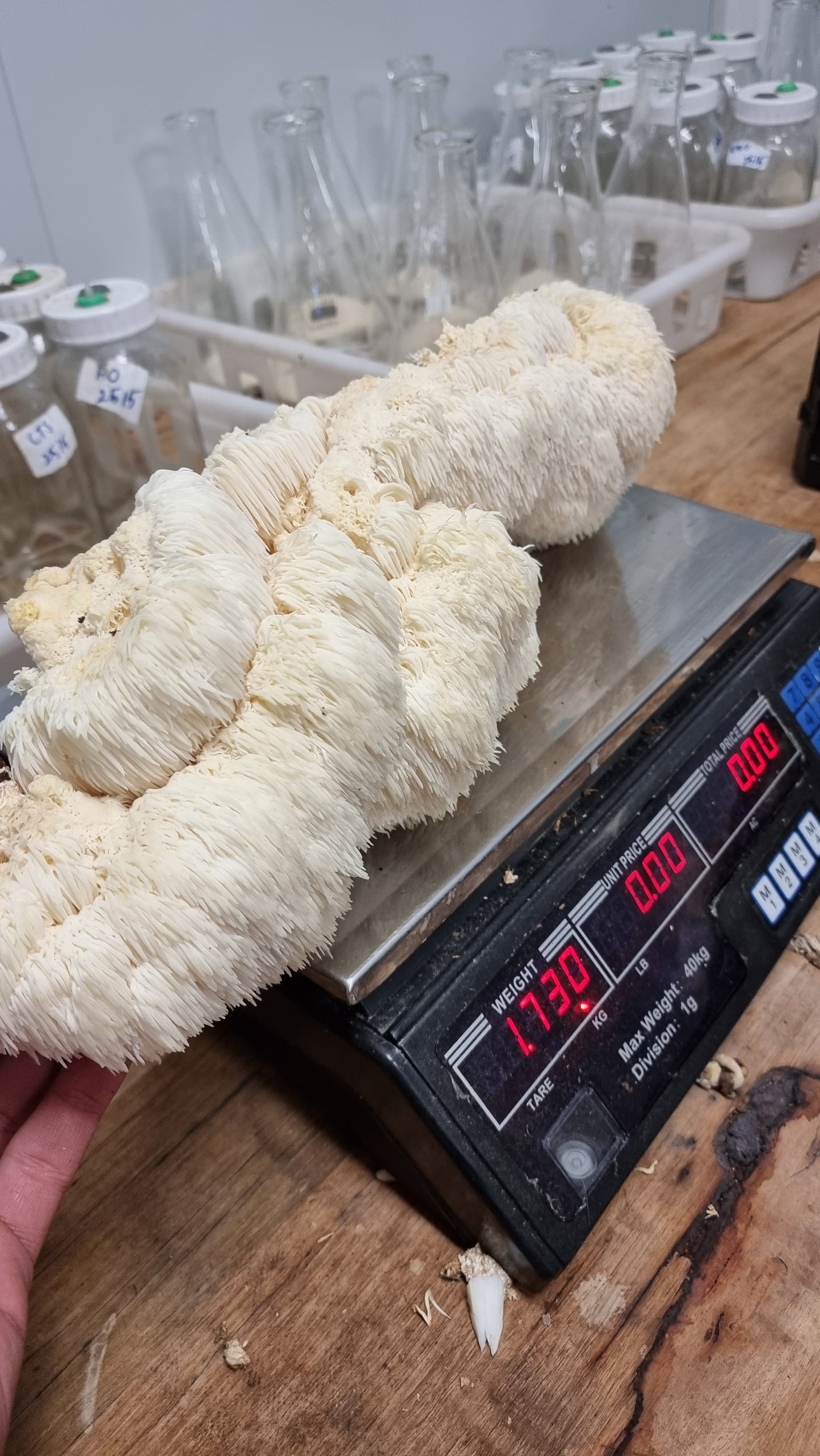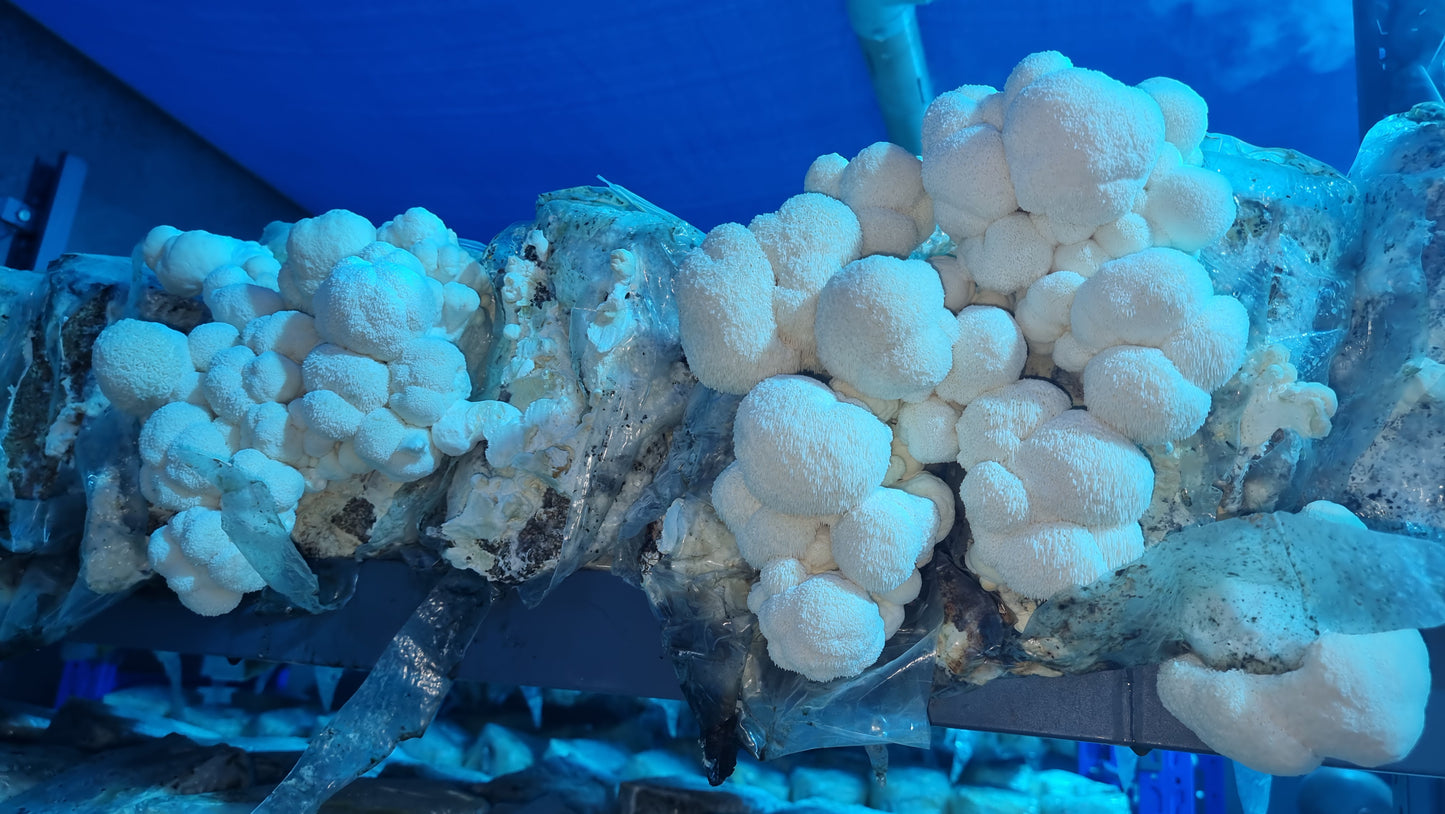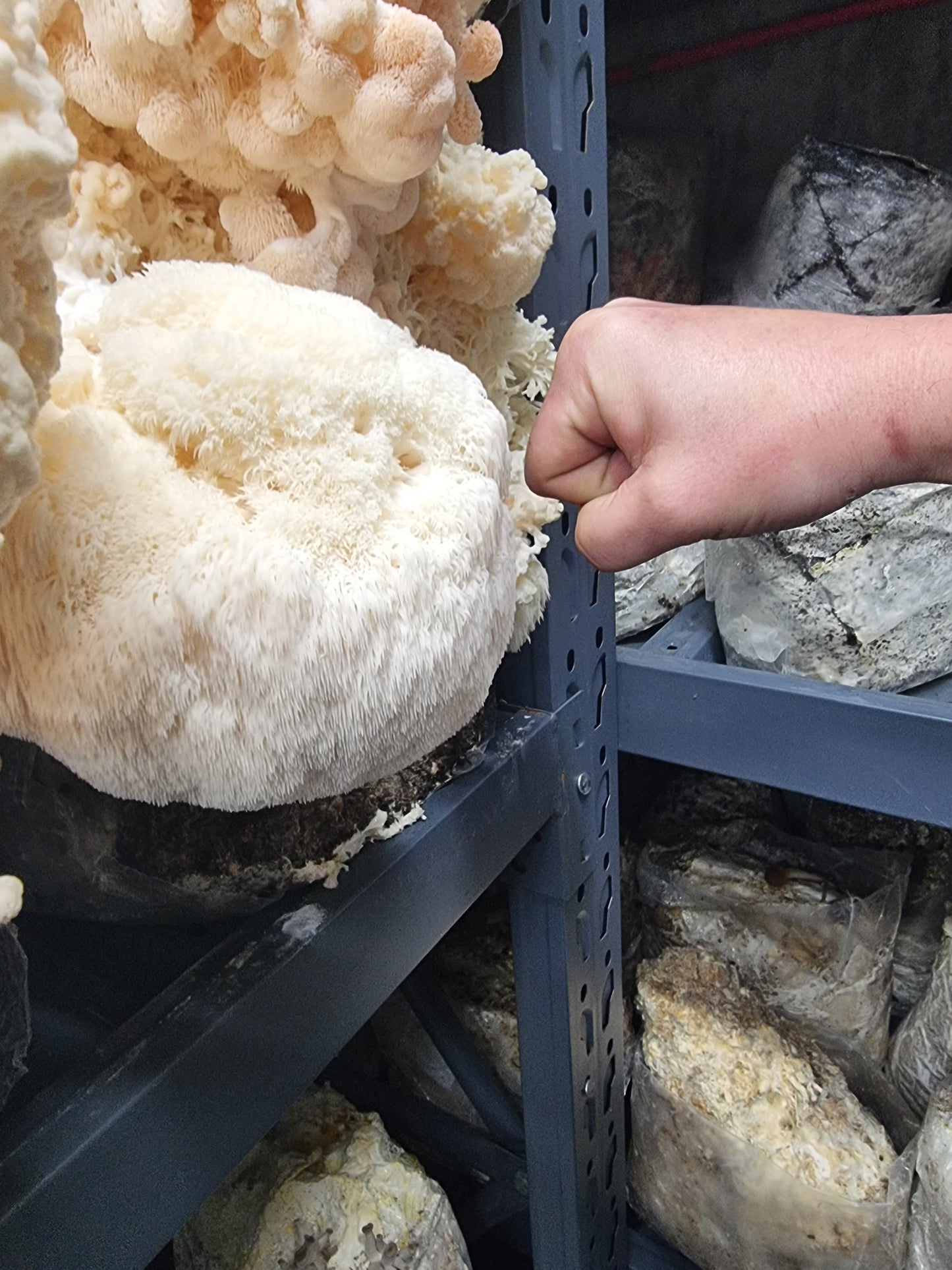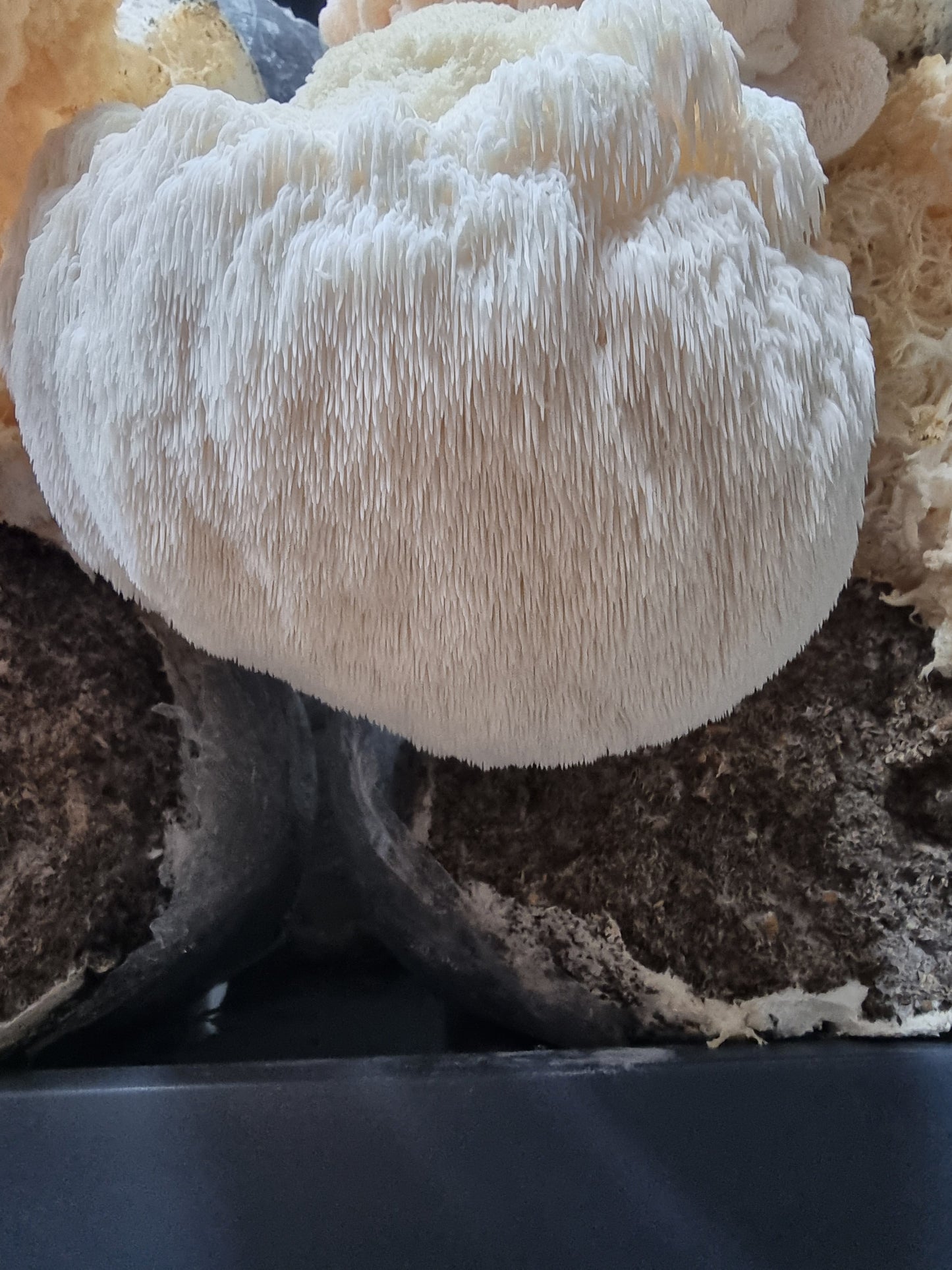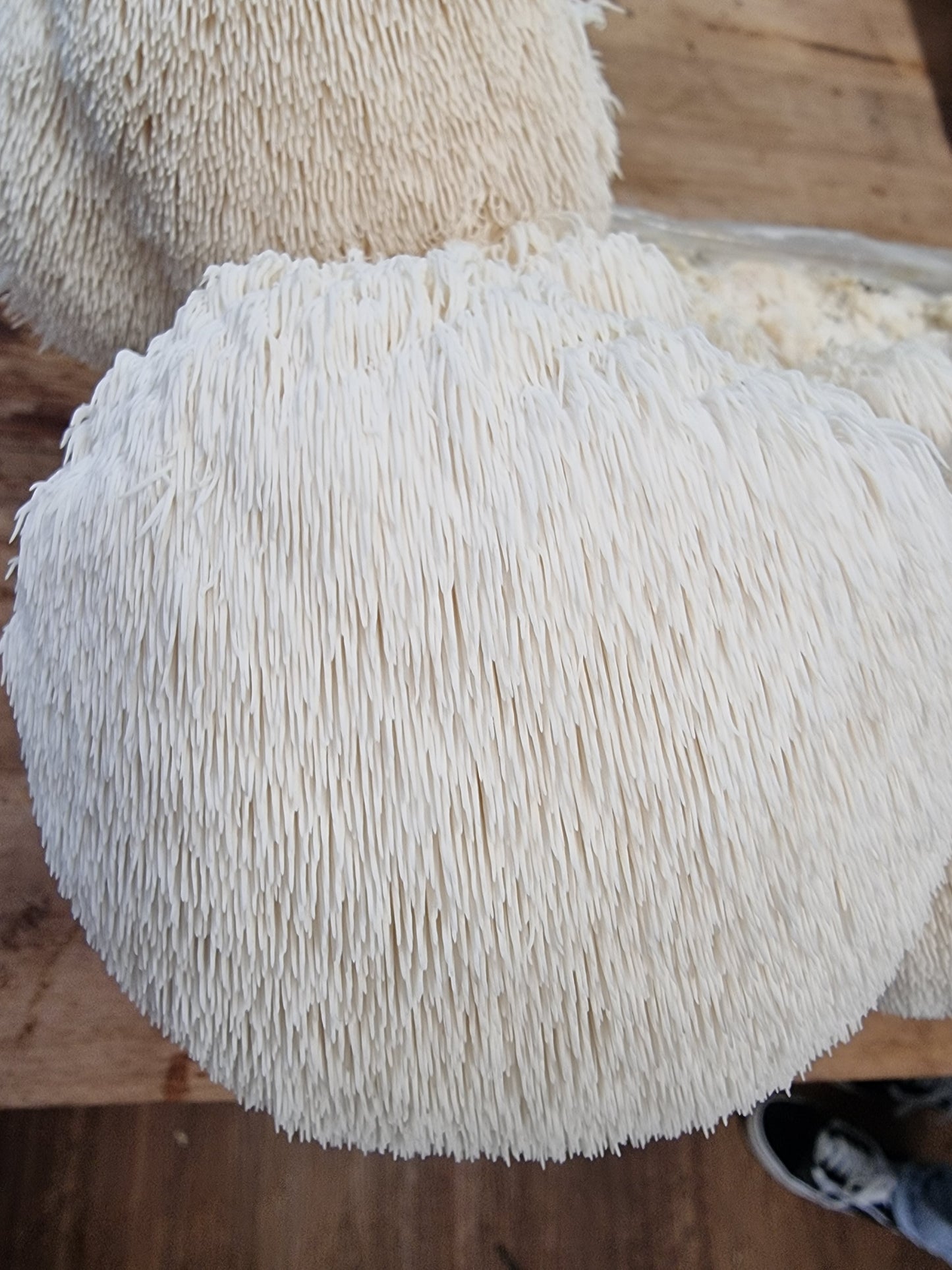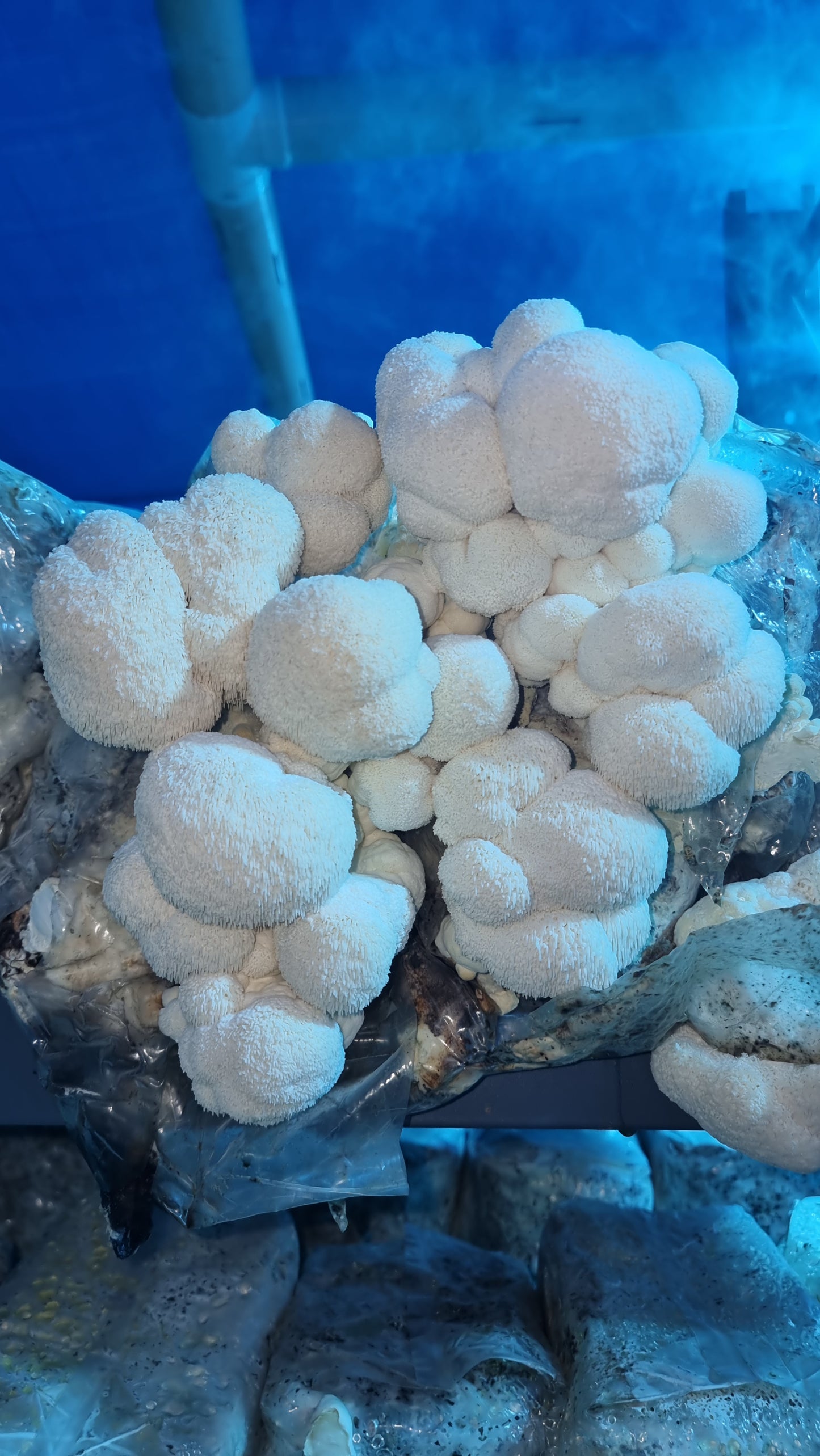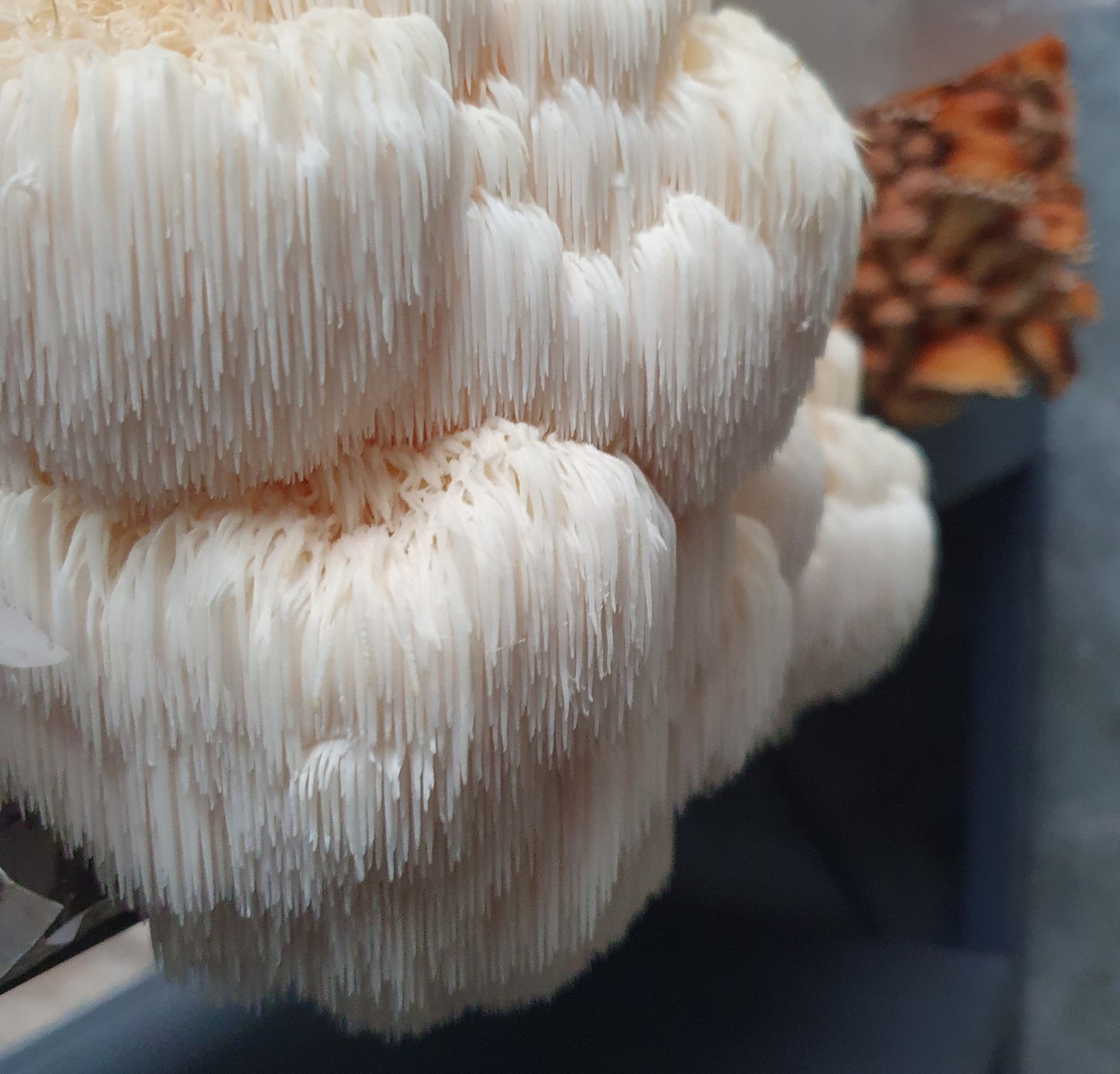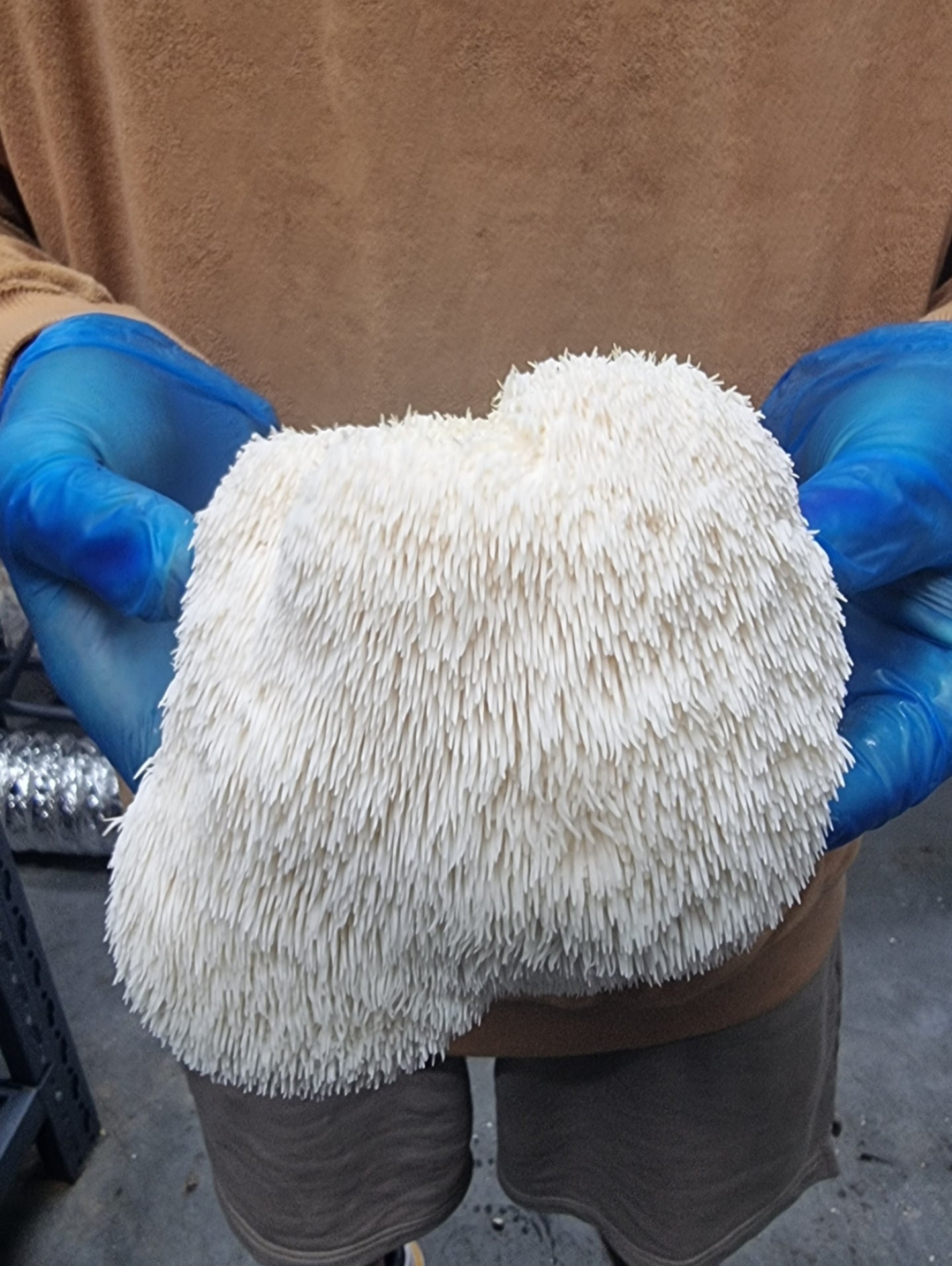Curious about diving into mushroom cultivation but feeling overwhelmed by all the details? You’re not alone. Many beginners struggle to understand the nuances of mushroom seeds and end up making expensive mistakes. But don't worry – it doesn’t have to be this way!
What if you could bypass the trial and error? In this guide, we'll break down everything you need to know about mushroom seeds, making the process simple and straightforward.
Ready to find out how to avoid common pitfalls and select the perfect seed type for your growing needs? Keep reading…
What Are Mushroom Seeds?

Mushroom seeds, often called mushroom spores or spawn, are the fundamental units used to cultivate mushrooms. Unlike typical plant seeds, mushroom spores are microscopic and essentially the fungal equivalent of seeds.
They are released from mature mushrooms and need a suitable environment to germinate and develop into mycelium, the vegetative part of the fungus.
In cultivation, mushroom spawn is more commonly used than spores. Spawn consists of mycelium already grown on a substrate, such as grain or sawdust, which speeds up mushroom growth. Compared to using raw spores, spawn is easier to handle and provides a more reliable yield.
Understanding the different types of mushroom spawn—such as grain spawn, sawdust spawn, and plug spawn—can help you choose the right one for your cultivation needs. Each type has its benefits and is suited to different growing conditions. Whether you're a novice or an experienced cultivator, grasping these basics is crucial for successful mushroom farming.
Types of Mushroom Seeds
Understanding the different types of mushroom seeds is essential for effective cultivation. Each type has unique characteristics and applications that cater to various growing conditions and mushroom species. Here’s a breakdown of the main types:
1. Spores

Spores are mushrooms' microscopic reproductive units. They are released from the gills or pores of mature mushrooms and are used to start the cultivation process. Spores need a controlled environment to germinate and form mycelium, which can be complex and time-consuming.
Due to their microscopic size and the need for precise conditions, spores are generally more suited for experienced cultivators rather than beginners.
2. Grain Spawn

Grain spawn consists of mycelium with colonised cereal grains like rye or millet. This spawn type is highly popular because it offers fast colonisation and ease of use. It is typically used to inoculate bulk substrates, like straw or compost, making it a versatile choice for various mushroom species.
Grain spawn is known for its reliability and efficiency, making it a preferred option for many mushroom growers.
3. Sawdust Spawn

Sawdust spawn is mycelium grown on sawdust or wood chips. This type of spawn is especially suitable for wood-loving mushrooms like shiitake and oyster mushrooms. It provides efficient nutrient absorption and is commonly used for both indoor and outdoor cultivation.
Sawdust spawn is valued for its ability to support robust mushroom growth and is a key choice for those growing mushrooms on wood-based substrates.
4. Plug Spawn

Plug spawn involves mycelium growing in wooden dowels inserted into logs or stumps. This method is ideal for outdoor mushroom cultivation, particularly for species that naturally grow on wood.
Plug spawn allows for a more natural growth environment and can effectively cultivate mushrooms in a garden or forested area. It’s famous for those looking to integrate mushroom cultivation with outdoor landscapes.
Choosing the Right Mushroom Seeds
Selecting the appropriate mushroom seeds is critical for a successful cultivation process. The choice depends on various factors, including the mushroom species you wish to grow, your environment, and your experience level.
Firstly, consider the mushroom species. Different mushrooms thrive on specific substrates and require particular growing conditions. For instance, shiitake mushrooms grow well with sawdust spawn, while oyster mushrooms are versatile and can be cultivated using grain and sawdust spawn.
Secondly, assess your growing environment. If you’re cultivating indoors, grain spawn is often preferred due to its fast colonisation and ease of use. Plug or sawdust spawn may be more suitable for outdoor cultivation, especially on wood logs.
Finally, evaluate your experience level. Beginners might find grain spawn easier to handle than spores requiring more precise conditions. Spores are best suited for advanced growers familiar with the germination and mycelium growth process.
Cultivation Techniques

Effective cultivation techniques are crucial for successfully growing mushrooms from seeds. These methods ensure optimal growth and yield by providing the right conditions and care for the mushrooms. Here’s a guide to crucial cultivation techniques:
1. Sterilisation
Sterilisation is the first critical step in mushroom cultivation. It involves heating the growing substrate—such as grains, sawdust, or compost—to kill any competing microorganisms. This is usually done using a pressure cooker or autoclave.
Proper sterilisation prevents contamination and allows the mushroom spawn to establish itself without interference from unwanted microbes.
2. Inoculation
Inoculation is the process of introducing mushroom spawn into the sterilised substrate. This can be done using various methods, such as mixing spawn into the substrate or placing spawn on the surface. Ensuring that the inoculation process is conducted clean is essential to avoid contamination.
Once inoculated, the substrate is typically kept in a dark, warm environment to promote mycelium growth.
3. Incubation
During incubation, the substrate with mushroom spawn is kept in a controlled environment to encourage mycelium colonisation. This phase requires maintaining specific temperature and humidity levels suited to the mushroom species.
Proper ventilation is also essential to prevent the buildup of CO2, which can inhibit mycelium growth.
4. Fruiting
The fruiting phase begins when the colonised substrate is moved to a fruiting environment with appropriate light, temperature, and humidity levels.
This stage is where mushrooms start to develop and mature. Regular misting and maintaining optimal environmental conditions are key to promoting healthy mushroom growth and maximising yield.
Essential Tools and Materials

Having the right tools and materials is crucial for successful mushroom cultivation. Here’s a list of essential items you’ll need:
- Pressure Cooker/Autoclave: These are used for sterilising substrates such as grains or sawdust. They ensure that all contaminants are killed before inoculation. A pressure cooker suits smaller-scale operations, while an autoclave is ideal for larger batches.
- Sterile Containers: Sterile containers, such as jars or plastic bags, are necessary for holding the substrate and mushroom spawn during incubation. They must be sterile to prevent contamination.
- Gloves and Masks: Essential for maintaining a clean environment. Gloves and masks protect the substrate and spawn from contaminants during handling and inoculation.
- Inoculation Tools include syringes for spore or liquid culture inoculation and a sterile needle for transferring spawn. Proper inoculation tools are critical to ensure successful colonisation.
- Thermometer and Hygrometer: These tools monitor temperature and humidity levels in the incubation and fruiting environments. Accurate readings help maintain optimal growing conditions.
- Grow Bags or Trays: These containers, used for fruiting mushrooms, provide the necessary space for mushrooms to develop. They should be breathable to allow for proper air exchange.
- Misting Bottle or Humidifier: To maintain the humidity levels required for fruiting mushrooms. Regular misting or using a humidifier helps prevent the substrate from drying out and supports healthy mushroom growth.
Common Mistakes to Avoid

Avoiding common mistakes is crucial for successful mushroom cultivation. Here are key pitfalls to watch out for:
- Neglecting Sterilisation: Failing to sterilise the substrate properly can lead to contamination. Always ensure that your substrate is thoroughly sterilised to eliminate competing microorganisms. This step is vital for a successful cultivation process.
- Improper Inoculation: Introducing mushroom spawn into a contaminated or non-sterile environment can spoil your crop. Use sterile tools and work in a clean area to prevent contamination. Ensure the spawn is evenly distributed to promote uniform growth.
- Incorrect Environmental Conditions: Mushrooms require specific temperature and humidity levels to thrive. Monitor these conditions closely, as deviations can hinder mycelium growth and mushroom development. Use a thermometer and hygrometer to keep track.
- Over or Under-Watering: Inconsistent moisture levels can affect mushroom health. Avoid over-watering, which can lead to mould, and under-watering, which can cause drying out. Maintain consistent humidity levels through proper misting or a humidifier.
- Ignoring Airflow: Poor ventilation can lead to excessive CO2, stifling mushroom growth. Ensure adequate airflow in the growing area to prevent CO2 buildup and support healthy fruiting.
- Forgetting to Harvest on Time: Delayed harvesting can impact mushroom quality and yield. Monitor the mushrooms closely and harvest them at the right stage to ensure peak freshness and optimal size.
Conclusion
Understanding mushroom seeds is critical to successful cultivation. By choosing the right type of seed and employing effective techniques, you can enhance your mushroom-growing experience.
Ready to start your mushroom cultivation journey? Explore our comprehensive guides and resources to start today and achieve a thriving mushroom garden.
